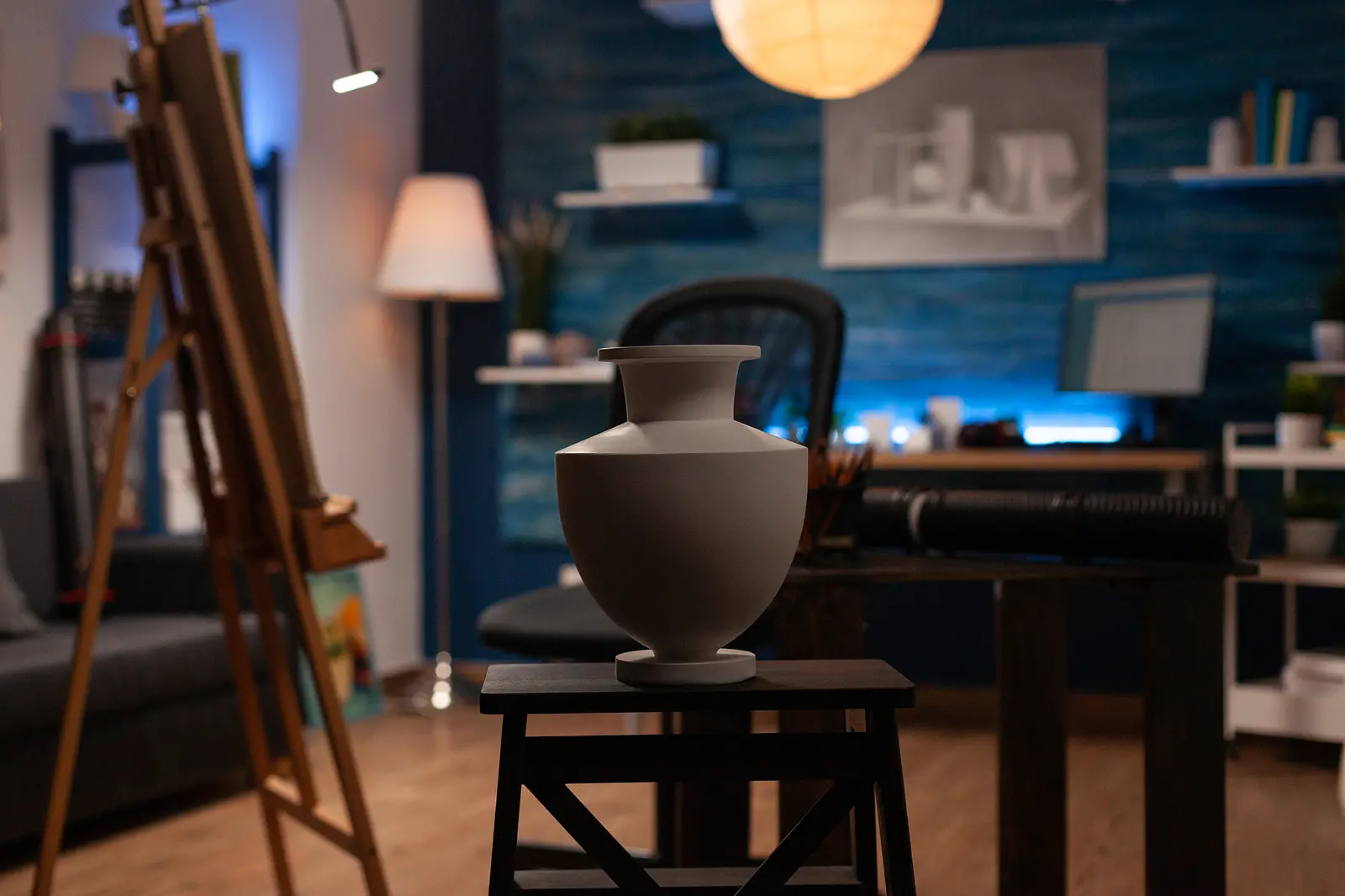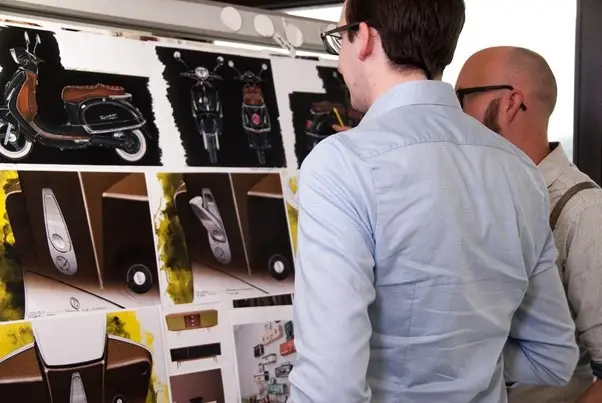
Have you ever wondered how to turn a few words or a basic drawing into a realistic and gorgeous image? You can achieve all of this and even more thanks to the power of generative AI. Image generation is one of the most spectacular uses of generative AI. The creative potential is infinite, whether it’s creating photos from scratch, such as animals, landscapes, people, artworks, and more, or improving and modifying existing photographs using filters, effects, or styles.
How Does That Work?
Algorithms in generative AI for images are trained on massive databases of visual imagery to generate AI pictures. When you give these models a trigger (text, image, or both), they “imagine” a new image based on the patterns they’ve learned, allowing you to create pictures and artwork with only a few descriptive words or a picture. The effects can range from abstract to extremely realistic, allowing for a broad range of visual content options, such as:
- Art — Create unique, expressive artworks using an AI art generator like Pikaso that reflect your creativity and vision;
- Design — Create customized elements like logos, icons, drawings, mockups, and more;
- Business — Use AI to provide diversified content, marketing and advertising, product visualization, and brand identity;
- Education — Use unique diagrams, charts, and maps to simplify complex subjects;
- Entertainment — Create characters, scenarios, storylines, games, and more to keep your audience interested.
All these can be built with generative AI technology. And you do not necessarily need to be a designer in order to develop creative assets with AI.

Tips to Create Stellar Images With Generative AI
If you are struggling to make creative images with AI, here are some tried-and-true tricks on getting the most out of AI art generators:
- Write full sentences with precise language — A thoroughly outlined request to an AI image generator converts into a more exact and authentic image. So be specific about colors, items, style, and elements that you want to see on the final image.
- Use descriptive language — Many AI models do well with 7-9 word prompts, but some perform even better with longer, more comprehensive questions. Strike a balance between including enough information to create an engaging image and keeping the question brief. Use concrete language to get more predictable results, or experiment with lyrical and abstract language to achieve unexpected results.
- Be structured — Begin with the visual content, then move on to the art form, style, and artist references, before including extra aspects like lighting, colors, and frame. To improve clarity and understanding of the AI model, use commas to separate various sections inside your prompt.
- Use descriptive adjectives — Include adjectives that reflect the desired mood or style for the image. For example, if you want a sleek and minimalist picture with clean lines and a contemporary vibe for a website banner, you may say, “Create a sleek and minimalist image with clean lines and a contemporary feel.”
- Provide examples — Incorporating reference photos into your prompt might provide a visual aid for the AI. Upload photographs of the style, composition, or subject matter that you wish the AI to mimic. To give visual references, you can provide similar photographs (for example, stock photos that you own the rights to or digital images that you developed).
By following the above tips, you will communicate your creative request to the AI tool precisely and can expect a result that meets your needs.
It’s Time to Experiment with Generative AI
Artificial intelligence has made significant advances in content generation. From turning simple text instructions into images to producing 3D animation, AI’s potential in image synthesis is just limitless. With two special tools, image generation is now easier and more efficient than ever. Generative AI models for image synthesis can generate high-quality, realistic images in a matter of seconds, which is simply impossible with traditional methods.
Nowadays, AI solutions are being utilized in industries such as art and design to develop spectacular new artworks and designs that push the bounds of creativity. In medicine, generative AI models are used to create synthetic medical pictures for diagnostic and training reasons, helping practitioners to better grasp complicated medical diseases and improve patient outcomes.
Furthermore, they are being utilized to generate more realistic and immersive virtual worlds for entertainment and gaming purposes. Indeed, the capacity to produce high-quality, realistic pictures using generative AI models opens up new avenues for creativity.
1194 Views












